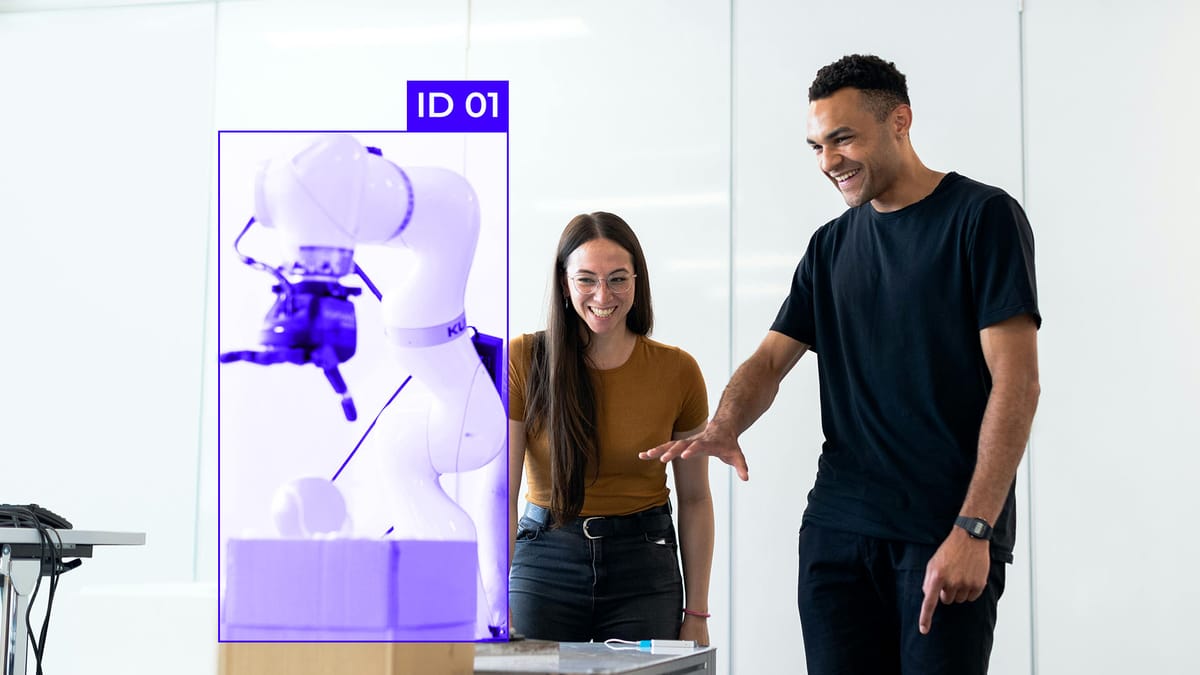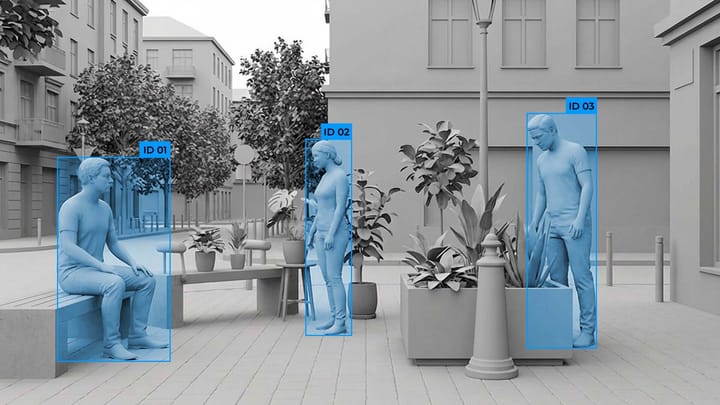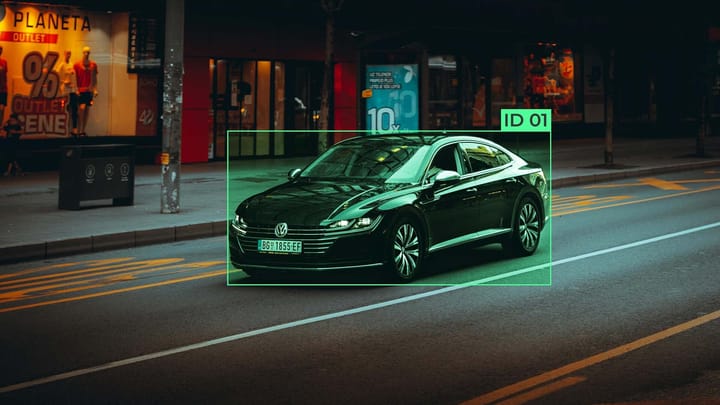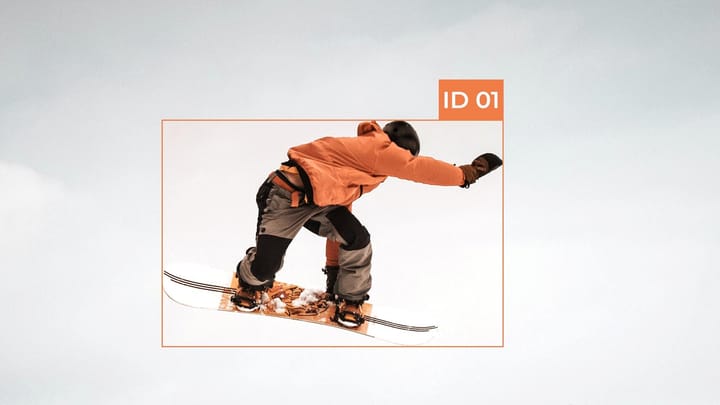Embodied AI Data Collection for Robotics

Embodied AI in robotics is a direction in which AI is combined with the physical body of a robot, enabling it to learn and act in the real world. Unlike traditional models that work only with visual or textual data, embodied AI perceives the environment through sensors, cameras, LiDAR, or touch points, and learns based on its own actions and the consequences of these actions. This approach allows you to create systems that "see" and "understand" objects, as well as interact with them - move, pick up, open, or manipulate them in space. The basis of this process is data collection, which involves both real and simulated observations, movements, and actions that form the foundation for training models. This encompasses all stages of creating such data, from collecting demonstrations and 3D scenes to mass annotation, quality control, and preparation for training transformative or adaptive models that operate on robots in real-world conditions.
Key Takeaways
- Real-time environmental feedback separates modern robotics from legacy systems.
- Structured testing protocols ensure reliable performance in dynamic settings.
- Sensor fusion techniques enhance machines' spatial awareness.
- Continuous learning loops enable adaptive decision-making.
Defining Embodied Intelligence in the Modern Era
Unlike traditional models that exist only in virtual space, embodied AI learns through experience, that is, through direct interaction with objects and the environment. This creates the basis for the development of robot perception, where the robot sees, understands the context and spatial relationships, and the dynamics of scenes.
In the modern era, embodied intelligence combines the achievements of computer vision, reinforcement learning, cognitive science, and 3D modeling into a single system capable of human-robot interaction. Such systems learn to adapt, predict the consequences of their own actions, and collaborate with humans in a shared working environment.
Understanding Physical Interaction and Sensor Integration
Physical interaction is at the heart of embodied intelligence, as a robot operates in the physical world, sensing its environment through sensors and responding to changes. To effectively perform tasks, high-precision perception and coordination between different types of sensors are required, including cameras, LiDAR, and tactile and force sensors. Sensor fusion, which enables the combination of data from multiple sources, eliminates noise and enhances the accuracy of perception.
Sensor integration enables robots to comprehend not only the position of objects in space but also their dynamics, texture, and physical properties. This is a key component of robot perception, providing a correct assessment of the environment for planning actions and making informed decisions.
Effective physical interaction involves close cooperation between a person and a robot through human-robot interaction. The robot must recognize the person's intentions, take into account their movements, and safely coordinate its actions in a shared environment. Through a combination of physical interaction and integrated sensory data, modern robots can adapt to new conditions, anticipate the consequences of their actions, and perform complex tasks in a changing world.
Contrast Between Physical and Virtual Learning Systems
Physical and virtual learning systems in the field of embodied intelligence differ in their interaction with the environment and acquisition of experience. In physical systems, the robot directly interacts with real objects and space. This allows the systems to learn based on real sensory data, taking into account the nuances of physics, contact forces, and object dynamics. Sensor fusion and robot perception enable accurate tracking of their environment and the state of their own manipulators, facilitating safe and effective interaction.
In virtual systems, learning occurs through simulations. Such environments enable you to quickly generate large amounts of data and test different scenarios without risking damage to the equipment. Virtual systems are well-suited for experiments involving human-robot interaction, allowing for the modeling of a person's and a robot's behavior under controlled conditions. However, simulations often simplify physics and sensory data, creating a gap between learning in a virtual environment and the real world (the sim-to-real gap).
The Importance of Data in AI-Enabled Robots
Data is the foundation of any AI-powered robot. Without a large amount of well-labeled and diverse data, the system will be unable to perceive the environment effectively, make informed decisions, and interact safely with people. In the context of embodied intelligence, data encompasses not only images or videos, but also information from various sensors, movement trajectories, object manipulations, and their spatial context.
The development of robot perception requires representative data in different lighting conditions, spatial configurations, and interactions with other objects. Only based on such data can a robot predict the consequences of its actions, adapt to new environments, and perform complex tasks. Robots that learn from demonstrations and human interaction scenarios can correctly interpret human intentions, avoid conflicts, and coordinate their actions in a shared work environment.
Advances in Simulation Environments and Digital Twins
Modern simulation and digital twin technologies open up new possibilities for the development of embodied intelligence. Virtual environments allow for highly accurate simulation of the physical world, including object dynamics, lighting, textures, and human behavior. This enables scalable and safe robot training, especially in the early stages when interaction with real objects can be risky or expensive.
Sensor fusion in such environments enables the integration of data from virtual cameras, LiDAR, and tactile sensors, resulting in multimodal observations that closely resemble the real world. This enhances robot perception, making it more stable and reliable, even in complex scenarios.
Digital twins are handy for studying human-robot interaction. They enable the simulation of human-robot interaction in various scenarios, facilitate risk assessment, test safety algorithms, and optimize collaboration. After successful learning in digital environments, knowledge and models can be transferred to physical platforms with minimal adaptive intervention, reducing the gap between simulation and reality (sim-to-real).
Strategies for Effective Robot Data Collection
- Goal setting. A team of experts identifies specific scenarios and actions that the robot needs to learn, such as object manipulation, navigation, or human interaction. This allows data collection to be focused on the most relevant situations.
- Sensor and hardware selection. Appropriate sensors (cameras, LiDAR, haptic sensors) and actuators for the robot are selected. Sensor fusion integrates data from different sources, improving the accuracy of robot perception.
- Simulation and real-world fusion. Simulated environments are utilized for large-scale and safe data collection, and models are then adapted to the physical world through real-world experiments.
- Demonstration and interaction collection. Robot actions or demonstrations performed by humans are recorded via teleoperation, including video, depth, motion trajectories, and sensor states. This allows models to be trained on multimodal data.
- Bulk annotation and quality control. Data is annotated with actions, objects, and scenes. Quality control is performed to avoid noise and inaccuracies, which are especially important for human-robot interaction.
- Data standardization and processing. Data is standardized in format, sensors are calibrated, and modalities are synchronized to ensure readiness for model training.
- Scenario planning and extreme testing. A variety of scenarios are created to test the robot's adaptability, including environmental changes, new objects, and human behavior, thereby increasing the accuracy of robot perception and enhancing the safety of human-robot interaction.
- Iterative improvement. The collected data is used to train the models, after which the results are evaluated in the real world. Additional data collection is performed as needed to improve system performance and reliability.
Sensor Technologies and Enhanced Perception in Robotics
Modern robots are equipped with a variety of sensors that allow them to interact with their environment and adapt to changes effectively. Key technologies include high-resolution cameras, LiDAR, ultrasonic sensors, inertial measurement units (IMUs), and haptic sensors.
Sensor technologies also play an essential role in human-robot interaction. They allow robots to recognize the movements, postures, and intentions of humans in a shared work environment, ensuring safe and effective interaction. The combination of accurate sensors and data integration methods creates the foundation for the development of adaptive, reliable, and context-aware robots in modern robotics.
Summary
Embodied intelligence in robotics refers to the ability of agents to perceive, act, and learn through physical interaction with the world. Its development requires a comprehensive approach to data collection and processing, where multimodal sensors and information integration through sensor fusion play a key role. This enables accurate robot perception, allowing systems to respond adaptively to complex and dynamic environments. Modern approaches combine physical and virtual learning, using simulations and digital twins for safe scaling and testing of algorithms.
FAQ
What is embodied intelligence in robotics?
Embodied intelligence refers to AI systems that perceive, act, and learn through a physical body. It integrates sensor fusion to interpret the environment, enabling adaptive robot perception in real-world scenarios.
Why is sensor fusion necessary for robots?
Sensor fusion combines data from multiple sensors to reduce noise and improve accuracy. This enhances robot perception, enabling robots to make more informed decisions in dynamic environments.
How do physical and virtual learning systems differ?
Physical systems interact directly with the real world, capturing authentic sensor data, while virtual systems rely on simulations. Combining both approaches helps bridge the sim-to-real gap and improves human-robot interaction.
What role do digital twins play in robotics?
Digital twins create precise virtual replicas of robots and environments. They enable the safe testing of tasks and interactions, supporting sensor fusion and enhancing the real-world perception of robots.
Why is data critical for AI-enabled robots?
High-quality, diverse data is essential for training models to perceive and act accurately. Properly annotated datasets enhance robot perception and enable safe human-robot interaction.
How does robot perception benefit from multimodal data?
Multimodal data integrates vision, depth, and tactile inputs, processed via sensor fusion. This enables robots to comprehend object properties, spatial relationships, and environmental dynamics more effectively.
What is the importance of human-robot interaction in embodied AI?
Effective human-robot interaction ensures that robots interpret human intentions and respond safely. Combined with robot perception, it allows robots to collaborate naturally in shared environments.
How do simulation environments accelerate learning?
Simulations enable rapid experimentation and large-scale data collection, eliminating physical risks. They support sensor fusion testing and allow refinement of robot perception before deployment.
What are the main challenges in robot data collection?
Challenges include coverage of a diverse environment, accurate sensor calibration, and reliable annotation. Addressing these issues ensures robust robot perception and safe human-robot interaction.
How do advances in sensor technologies improve robotics?
Modern sensors provide high-resolution vision, LiDAR, and tactile feedback. When integrated via sensor fusion, they enhance robot perception and enable more precise human-robot interaction.



Comments ()